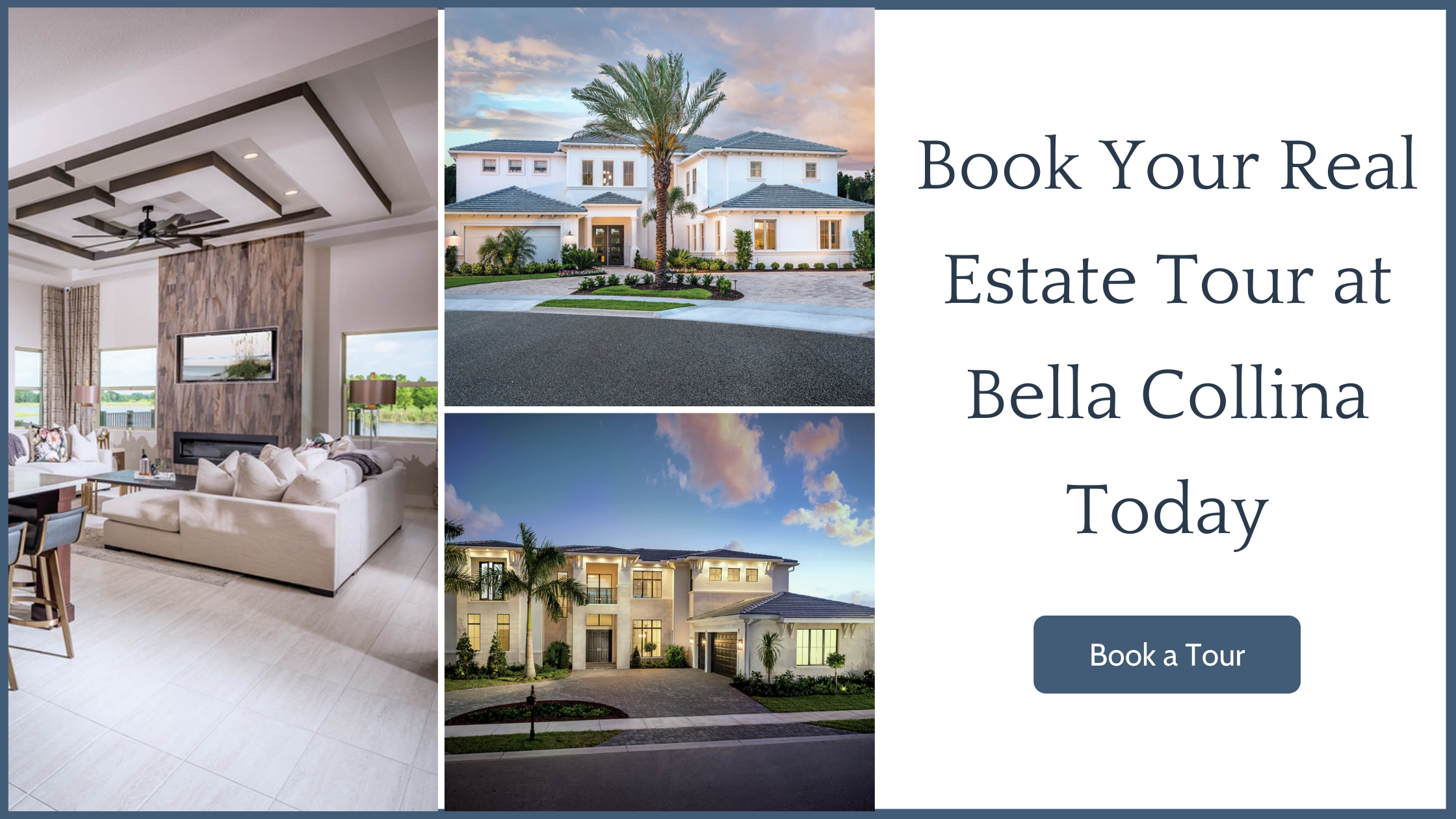10 Ways to Incorporate Sustainable Design Into Your Custom Home Build
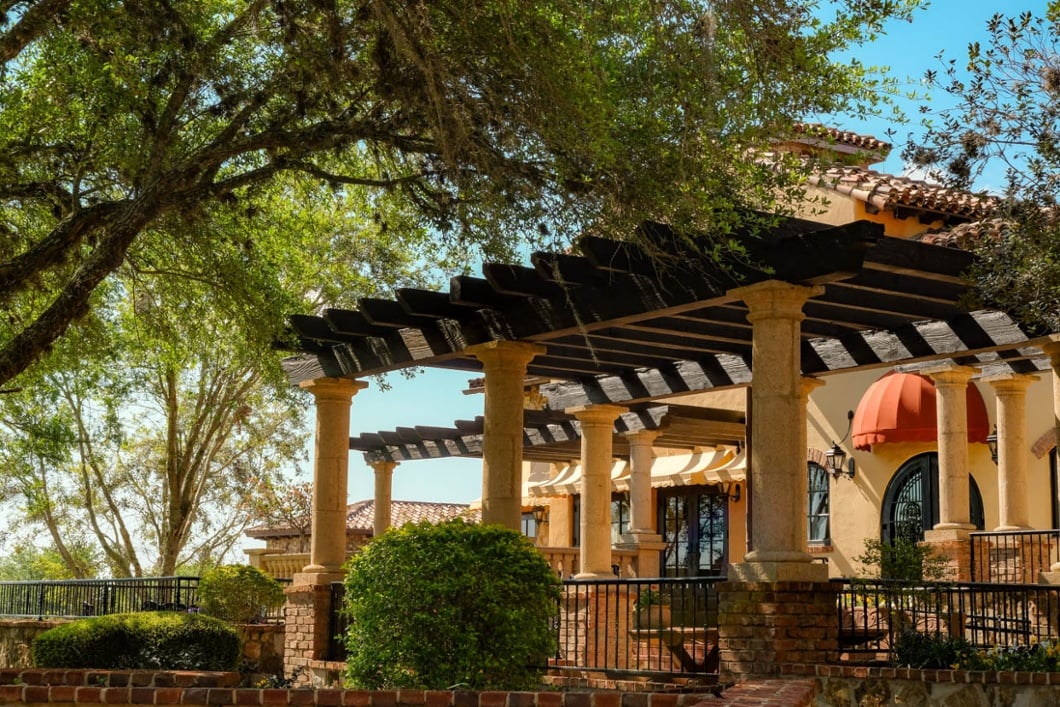
Building a custom home is a journey filled with myriad decisions, each playing a significant role in the final outcome. Among these, choosing to design your home with sustainability in mind is perhaps one of the most impactful.
While there are countless aspects to consider in custom home building, integrating sustainable practices not only benefits the environment but also enhances the overall quality and efficiency of your living space.
Understanding Sustainability in Home Design
Sustainability in home design goes beyond just using eco-friendly materials. It encompasses a holistic approach that considers energy efficiency, resource conservation, and creating a healthy living environment. Here are a few ways to incorporate sustainability – and luxury - into your home design.
1. Embracing Locally Sourced and Recycled Materials
Using locally sourced and recycled materials can greatly reduce your home’s environmental impact. In addition to their environmental friendliness, recycled, reclaimed, and reused building materials add character and originality to your custom build.
Some of the most popular recycled materials include:
- Reclaimed wood
- Reclaimed bricks and stones
- Countertops
- Roofing materials
- Recycled drywall
- Reclaimed metal materials
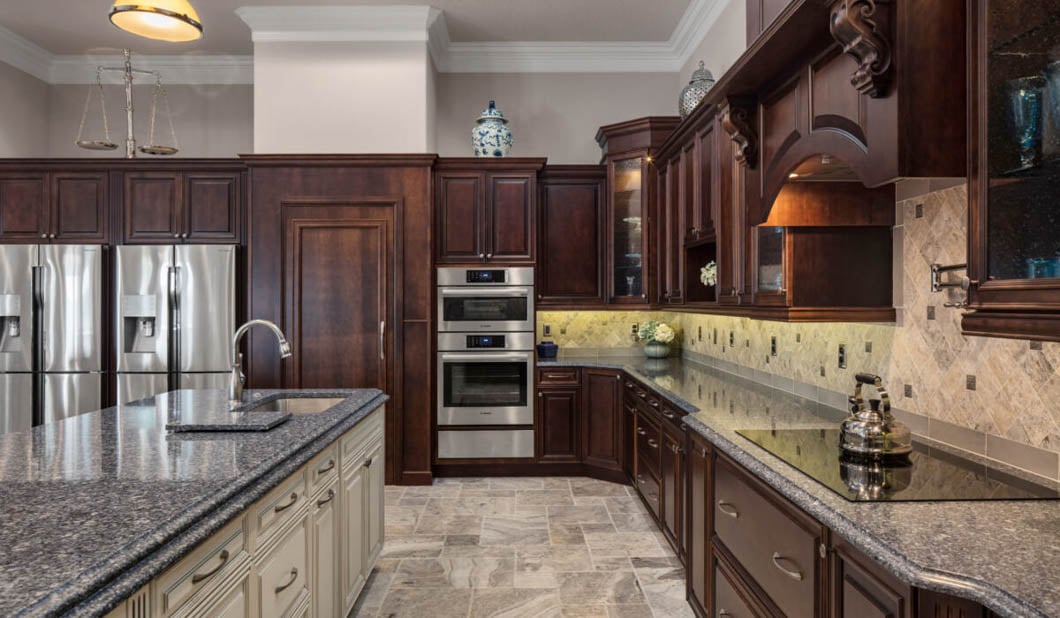
2. Investing in High-Quality Insulation
Highly-rated insulation is one of the most significant ways to conserve energy. High-quality, eco-friendly insulation is crucial for maintaining energy efficiency. It helps keep your home warm in winter and cool in summer, reducing the need for excessive heating and cooling.
Sustainable insulation differs from traditional insulation because it’s made with green materials and contains no harsh chemicals or additives. The lack of ozone-depleting products in highly rated, sustainable insulation is inherently better for the environment and your health.
3. Choosing Energy-Efficient Windows and Doors
Investing in energy-efficient windows and doors is crucial in creating a sustainable home, as they play a key role in minimizing energy loss. Windows and doors are often the weakest points in a home’s insulation; therefore, selecting the right products can significantly impact your home’s overall energy efficiency and comfort.
When choosing windows and doors, it’s important to understand energy efficiency ratings. Look for products with a low U-factor, which measures the window’s insulating properties, and a low Solar Heat Gain Coefficient (SHGC), which indicates how well the product blocks heat from sunlight. Energy Star-rated windows and doors often meet these criteria and are a reliable energy-efficient choice.
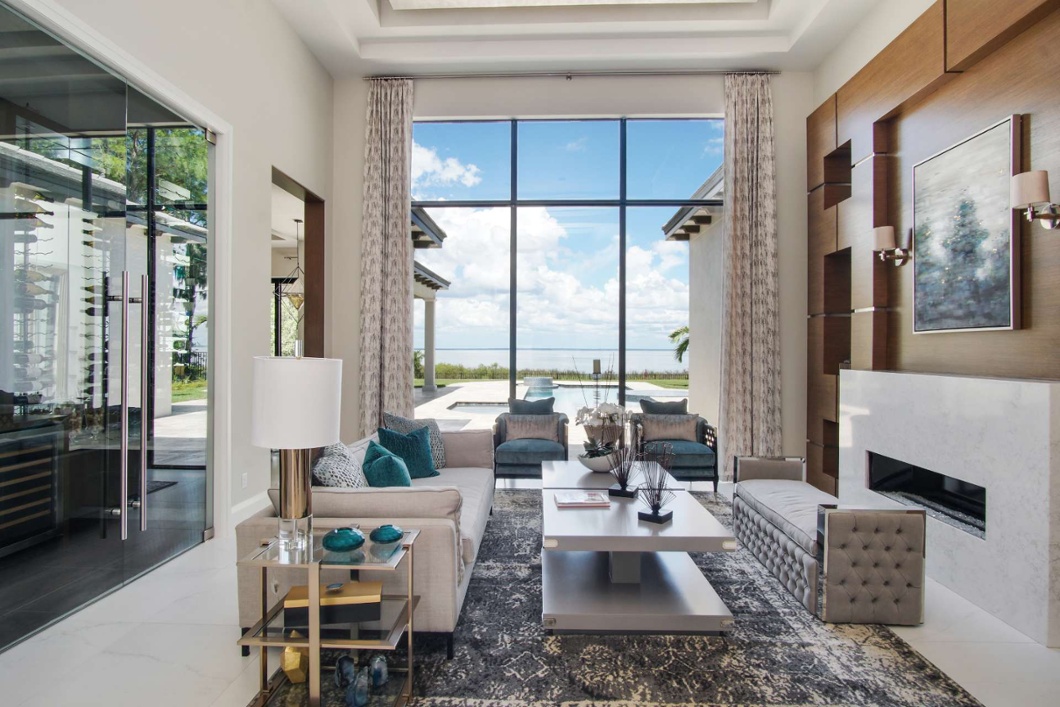
Types of Energy-Efficient Windows
Energy-efficient windows come in various types, each offering unique benefits:
- Double or Triple-Glazed Windows: These windows have two or three panes of glass with air or gas (like argon or krypton) sealed between them. This design significantly reduces heat transfer, making your home cooler in the summer and warmer in the winter.
- Low-Emissivity (Low-E) Glass: Low-E glass has a microscopic coating that reflects infrared light, keeping heat inside in winter and outside in summer. It also protects against UV rays, which can fade fabrics and furnishings.
- Window Frames: The material of the frame plays a crucial role in insulation. Vinyl, fiberglass, and wood are popular choices for their thermal resistance.
Selecting Energy-Efficient Doors
The right door can also make a big difference in a home’s energy efficiency:
- Insulated Core Doors: Look for doors with an insulated core, which can be made of foam or other materials that provide excellent thermal resistance.
- Weatherstripping and Seals: Ensure that doors come with quality weatherstripping and seals to prevent air leaks.
- Proper Installation: Even the most energy-efficient door can be ineffective if not correctly installed. Ensure that professionals do installation for optimal performance.
4. Selecting Energy Star Appliances
Energy Star-rated appliances are essential for a sustainable home, meeting rigorous energy efficiency standards set by the U.S. Environmental Protection Agency and the Department of Energy. These appliances, including refrigerators, dishwashers, and washers, consume less electricity and water, leading to lower utility bills.
Many local governments and utilities offer rebates and incentives for purchasing these appliances, further offsetting the initial cost. Although the initial cost is higher, the long-term savings and environmental benefits make them a smart investment. They reduce your home’s energy consumption and lower greenhouse gas emissions, contributing to a healthier environment.
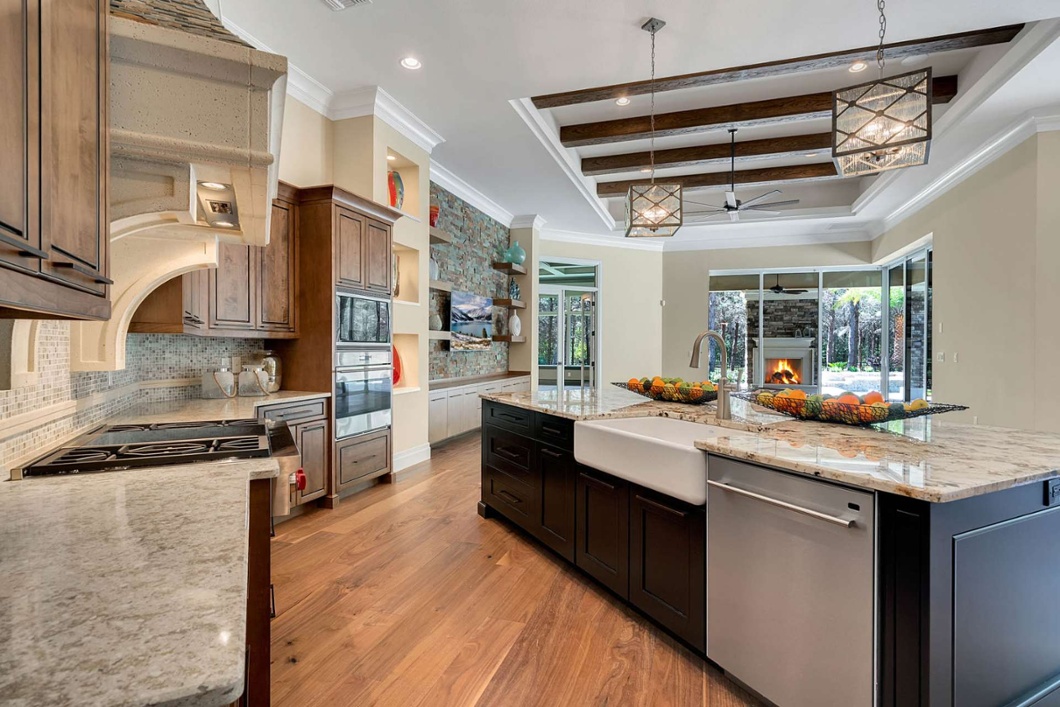
5. Installing Rainwater Harvesting Systems
A rainwater harvesting system can be a valuable addition to a sustainable home. It reduces reliance on municipal water supplies and can be used for various household needs, including:
- Bathing/showering
- Watering lawn/plants
- Water features
- Cleaning
- Pet/wildlife care
Rainwater collection systems collect water and funnel it to a storage container in your home. These systems have filtration and treatment mechanisms that make the rainwater safe for human and animal consumption.
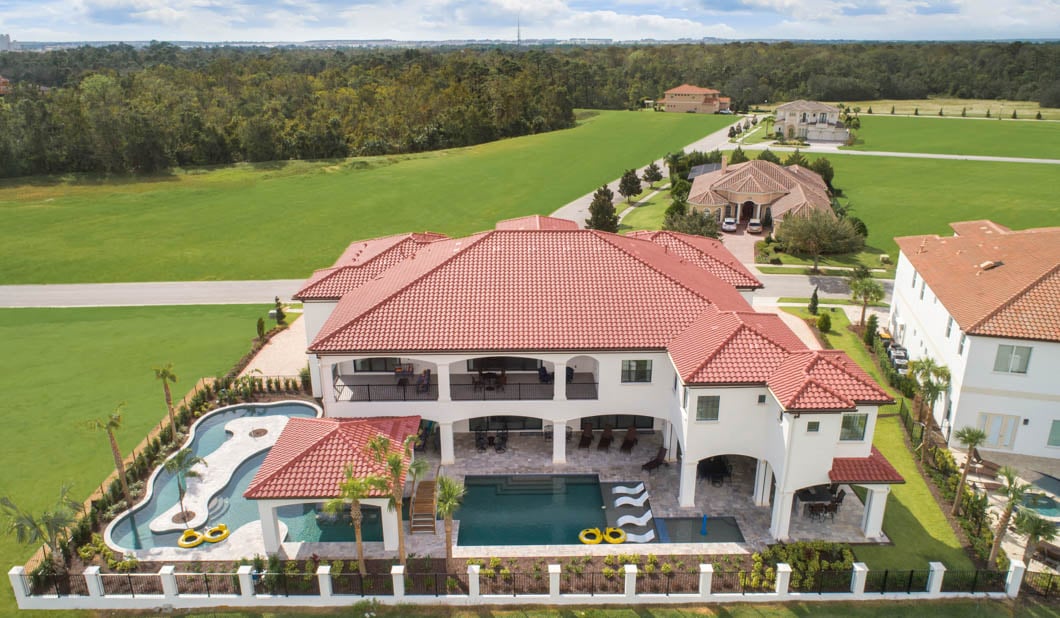
6. Opting for Tankless Water Heaters
Unlike traditional water heaters that continuously heat and reheat water in a large tank, tankless heaters operate on demand, heating water only when it is needed. This on-demand approach eliminates the energy waste associated with keeping a large volume of water heated at all times. According to the U.S. Department of Energy, tankless water heaters are 24% - 34% more energy-efficient than traditional water heaters in homes that use less than 41 gallons of hot water daily. This efficiency translates to noticeable energy savings, reducing your monthly utility bills and lessening your home’s overall environmental impact.
Their compact size allows for greater flexibility in installation locations and frees up space in your home. This can be particularly beneficial in smaller homes or those looking to maximize living space. Tankless water heaters have a longer lifespan than traditional water heaters, often lasting up to 20 years or more with proper maintenance. By choosing a tankless water heater, you are investing in an energy-efficient solution and a durable, space-saving, and environmentally responsible home appliance.
7. Integrating Efficient HVAC Systems
Selecting the right HVAC system is crucial for a sustainable home. There are several environmentally friendly HVAC options to consider when designing your new home. Heat pumps are a more sustainable option than traditional HVAC systems. Heat pumps can move hot and cold air without fuel, requiring less electricity than conventional systems. In extremely cold temperatures, energy-efficient furnaces are the better option.
Installing wireless, smart thermostats is the most sustainable way to manage your HVAC systems. These devices allow you to set heating/cooling schedules, automatically adjust heating and cooling to set temperatures, and operate remotely.
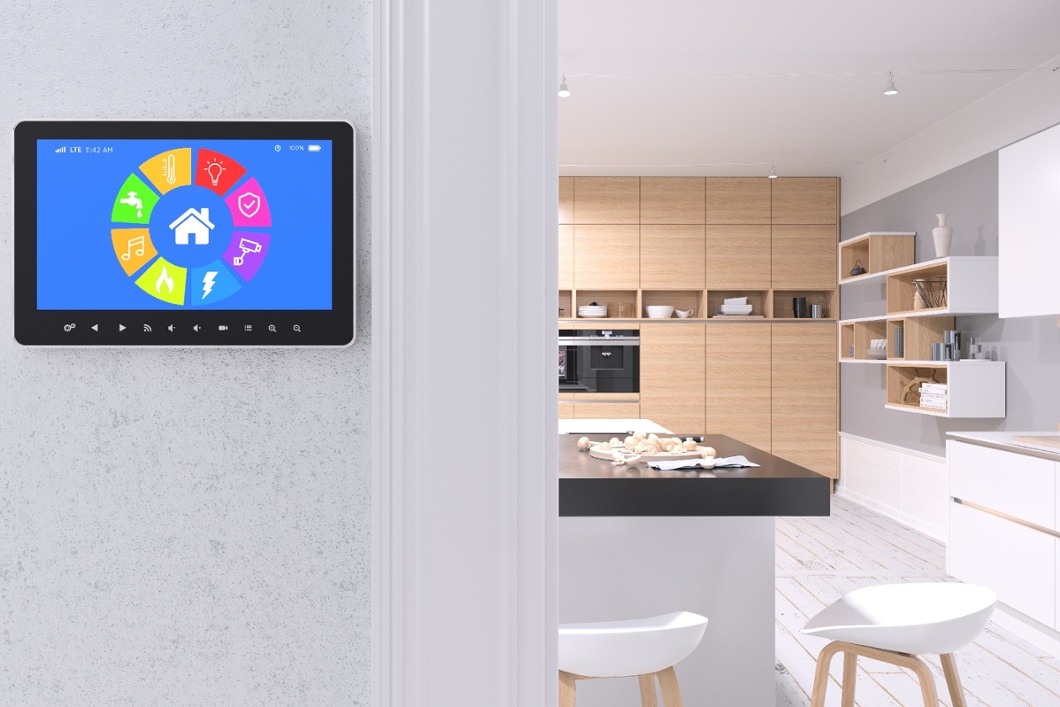
8. Solar Power Integration
Incorporating solar power into your custom home design represents a significant stride towards energy independence and environmental stewardship. Integrating solar panels reduces reliance on non-renewable energy sources, such as coal and natural gas, major contributors to carbon emissions and environmental degradation.
Solar panels convert sunlight into electricity by harnessing the sun’s energy, providing a clean, renewable, and sustainable energy source for your home. This not only leads to a substantial reduction in your electricity bills but also offers a consistent power supply, especially valuable in areas with frequent power outages or limited access to the main grid.
Modern solar technology has evolved to blend seamlessly with the aesthetics of your home. Gone are the days when solar panels were bulky and visually intrusive. Today’s solar solutions come in various designs and sizes, allowing them to integrate smoothly with different architectural styles. Some solar panels can even mimic traditional roofing materials, making them virtually indistinguishable from regular roof tiles.
9. Utilizing Smart Home Technologies
Modern smart home technologies are revolutionizing how we live by enhancing the sustainability and efficiency of our homes. These advanced systems allow homeowners to automate and precisely control various aspects of their home environment, such as lighting, heating, cooling, and even security systems.
By integrating smart thermostats, you can optimize your home’s heating and cooling schedules based on your daily routine and preferences, ensuring that energy is not wasted on unoccupied spaces. Smart lighting systems can adjust the brightness and color temperature of lights throughout the day or turn off lights in unoccupied rooms, significantly reducing electricity consumption.
Smart home technologies extend beyond just energy management. Intelligent irrigation systems can regulate water usage in your garden, minimizing waste while maintaining a healthy landscape. Smart appliances can provide insights into your energy and water consumption patterns, enabling you to make more informed decisions about your usage. Smart home technologies represent a forward-thinking approach to seamlessly integrating convenience, comfort, and sustainability.
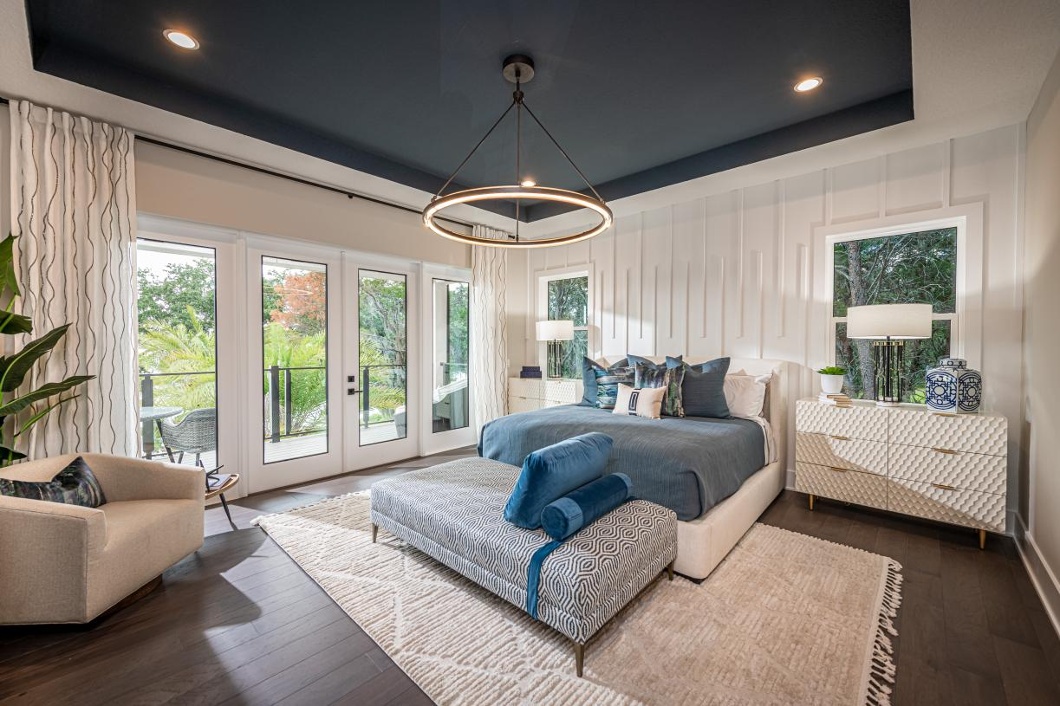
10. Working with Eco-Conscious Builders
Choosing the right builders is a pivotal decision in the journey of creating a sustainable home. Eco-conscious builders who understand and are passionate about sustainability can significantly influence the success of your project.
These builders possess the expertise in sustainable materials, energy-efficient building practices, and innovative eco-friendly technologies crucial for green building. They are often well-versed in the latest advancements in sustainable architecture, from solar integration to advanced insulation techniques, ensuring that every aspect of your home contributes to a smaller environmental footprint.
Realizing Your Sustainable Dream with Bella Collina Builders
The builders at Bella Collina, a luxury gated community in Montverde, Florida, are an excellent example of eco-conscious builders. They understand that sustainability goes hand-in-hand with luxury and provides a blank canvas for homeowners to realize their vision of an eco-friendly and opulent living space.
Bella Collina’s custom home builders are not just contractors but your partners in realizing a sustainable future. They will help you navigate the complexities of green building, ensuring compliance with environmental regulations and maximizing the potential for energy efficiency and resource conservation. Their experience allows for integrating sustainable practices without compromising on design or luxury.
Contact Bella Collina to schedule your tour today. You’ll find a sanctuary for you and your family and enjoy a home that helps contribute to the planet’s health and future sustainability.
